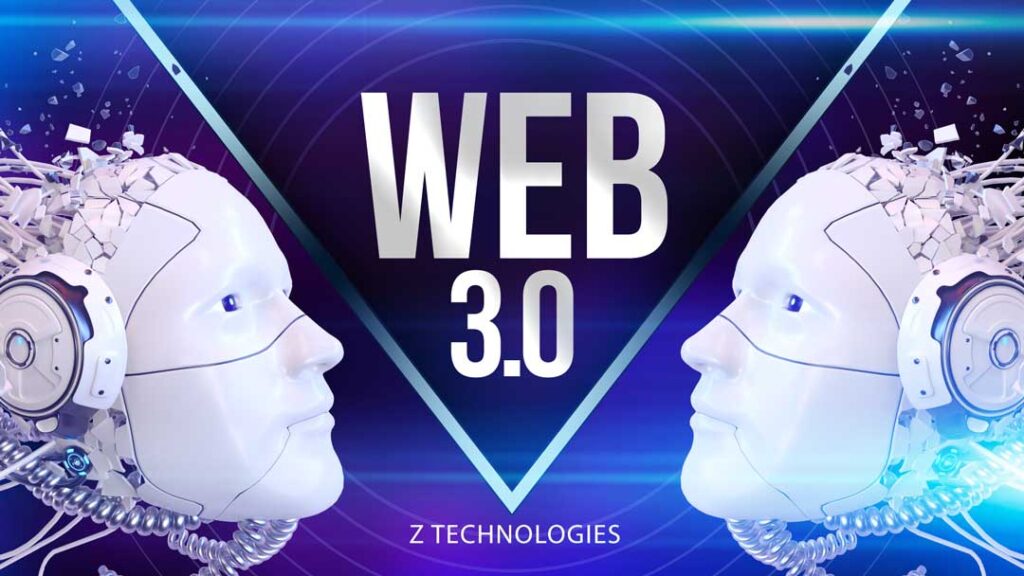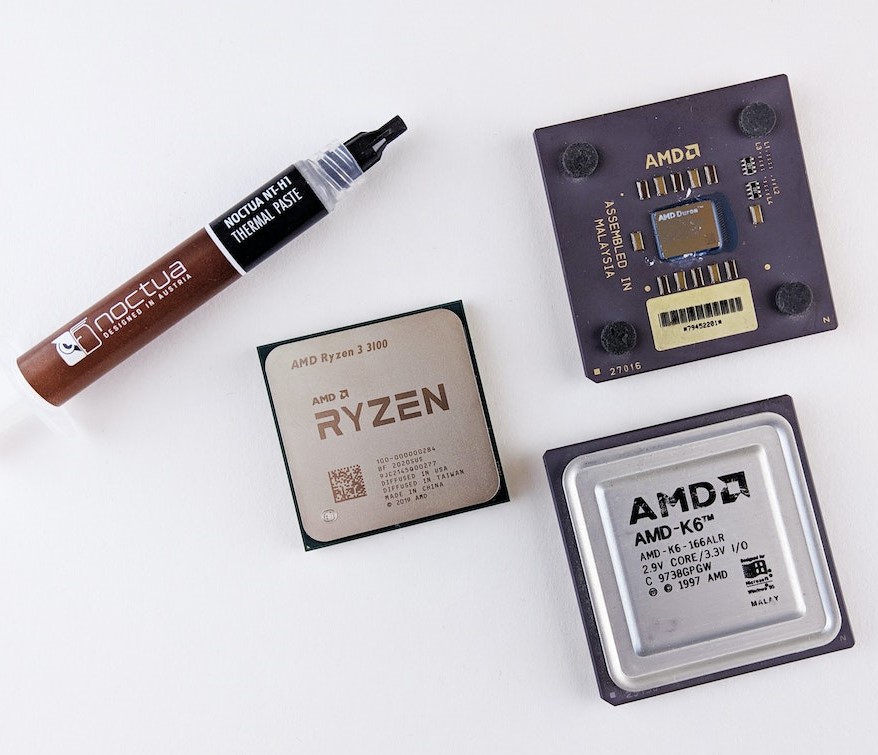How to Fix a Slow Laptop Without Upgrading
If your laptop is fairly new but still sluggish, this post can help you fix the issue. Please, don’t buy more RAM or change out your hard drive unless you’re advised to do so. You may not have to purchase new parts to fix a slow laptop, since some straightforward steps in the software can make it faster.
In this guide, I will teach you how to fix a slow laptop using features and tools that are included in Windows or that are free to use.
Why Is My Laptop Taking So Much Time to Complete Tasks?
- You should be aware of the usual reasons for a slow laptop before fixing the problem:
- Too many background processes
- No space for additional data or lagging start-up applications
- Outdated operating system or drivers
- Overheating or system throttling
Now, we will approach one issue at a time.
1. Uncheck the startup programs to improve the speed of a slow laptop.
The number of programs that start when you turn on your laptop can slow it down. Such applications continue to use memory, even when you are not interacting with them.
- Disabling applications that start automatically on Windows.
- Press Ctrl + Shift + Esc at the same time to bring up Task Manager.
- Click the Startup tab.
- Go to the Startup options and click on the applications that you should not start when the phone boots (e.g., Spotify and Zoom).
2. Removing Extra Software Can Measureably Improve the Performance of a Laptop
With time, your laptop becomes cluttered with old and unused programs. They can use storage space and sometimes run behind the scenes.
How to Remove Unwanted Programs:
- Open Settings, click on Apps, and search for Installed Apps (Windows 11) or Control Panel and look for Programs and Features (Windows 10).
- If you want to find big or old applications, sort them accordingly.
- If you no longer require a program, click Uninstall for it.
- Cleaning your software list regularly can help your laptop work much faster without you having to purchase an upgrade.
3. Clear Up Space on Your Disk Using the Built-in Tools.
A full storage system causes delays in indexing and caching files. You can quickly improve laptop performance by cleaning up junk files.
Use Disk Cleanup (Windows):
- You can start the tool by searching for Disk Cleanup in the Start menu.
- Choose the C: drive and then click OK to continue.
- Make sure to mark all the boxes, including temporary and system files, and then choose Clean up.
- Alternatively, turn on Storage Sense in the Settings menu under System > Storage to allow Windows to routinely clean up for you.
4. Scan for Malware and Adware
At times, slow performance may be caused by malware, spyware, or adwarehttps://rebootix.com/how-much-ram-do-you-need-in-2025/ that consumes a lot of your CPU and RAM.
Steps to Scan for Malware:
- Use Windows Defender: Open Settings by tapping the gear icon, then go to Privacy & Security, Windows Security, and then Virus & threat protection, and pick Quick scan.
- Feel free to download free programs like Malwarebytes for a more detailed examination.
- Malware often slows down your laptop without giving any obvious signs.
5. Update your Operating System and Drivers
If your software is not recent, it could slow your computer down.
To Check for Updates:
- Windows 10/11: Click on Settings > Windows Update and then choose Check for Updates.
- For drivers: Access Device Manager, right-click the device you want to update and then select Update Driver.
- Some slowdowns can be fixed with this step only, without the need to upgrade the hardware of your laptop.
6. Adjust Visual Effects for Better Performance
The effects used in Windows are designed to look good, but they may slow your laptop down in the process.
Disable Visual Effects:
- Go to This PC, right-click it, select Properties, and then choose Advanced System Settings.
- Under Performance, click Settings.
- Turn on the Adjust option for the best results or turn off the effects you don’t want.
- This method is one of the simplest ways to speed up your slow laptop without buying new parts.
7. Free up RAM by Closing Background Apps
Laptops often slow down when browsing or multitasking because RAM memory is being used more than needed.
How to Fix It:
- Access Task Manager and move to the Processes section.
- Identify apps using high memory.
- You can right-click and End Task if these processes are not needed anymore.
- Try not to use a large number of browser tabs or RAM-heavy applications such as Chrome, Photoshop, or MS Teams together.
8. Restart Your Laptop Regularly
- It is normal for many people to let their laptops enter sleep mode for long stretches, sometimes over a week. Such issues eventually cause the app to slow down and develop memory leaks.
- Starting your Windows laptop over from the beginning removes temporary files, empties your RAM, and eliminates hung processes, making your computer run as usual.
- Try to shut down or restart your laptop at least every two to three days.
9. Optimize Your Web Browser
A browser problem might be making your laptop slow when you surf the internet.
Ways to Enhance Chrome or Edge:
- Disable unused extensions.
- Clear browsing data regularly.
- Avoid opening 15+ tabs at once.
- Opt for the Reader Mode or choose themes that lighten your browser.
- If using Chrome causes your PC to slow, Brave or Firefox are good alternatives you may want to try.
10. Keep Your Desktop Clean
A lot of items on the desktop can cause your computer to boot slowly or become less responsive.
What to Do:
- Take the files from your desktop and organize them in folders within Documents or Downloads.
- Limit desktop shortcuts.
- Turn off the animation of live wallpapers on your phone or tablet.
- A clean desktop will help your laptop boot faster and use up less memory, which is a simple way to boost speed without changing any components.




